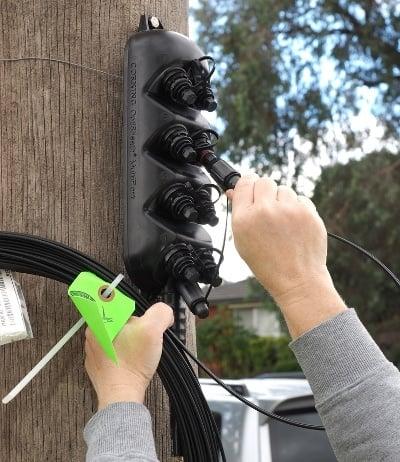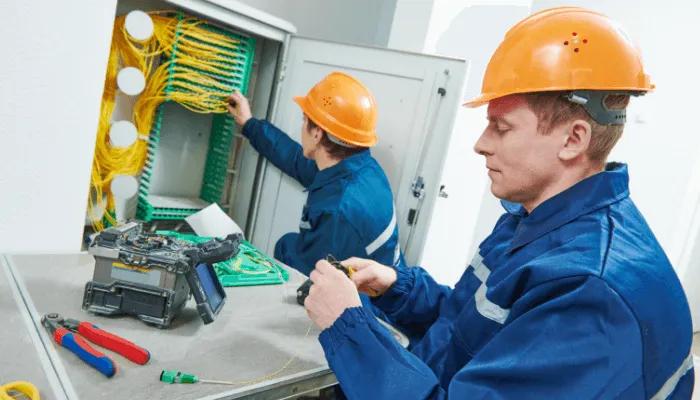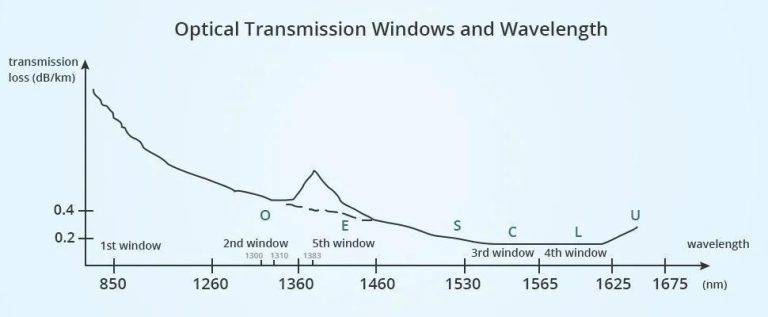Common Fiber Optic Cable Problems and How to Fix Them
Fiber optic cables are the backbone of today’s high-speed communication networks, powering everything from FTTH broadband to data centers. However, like any technology, fiber optic systems can encounter issues that affect performance. Understanding the common causes and solutions helps maintain stable and efficient connections.
1. Signal Loss (Attenuation)
One of the most frequent problems in fiber optic networks is signal loss—the gradual reduction of optical power as light travels through the cable. Causes include excessive bending, dirty connectors, or poor splicing.
How to Fix It:
- Check for sharp bends or kinks along the cable route.
- Clean all connectors using a fiber cleaning kit.
- Inspect and re-splice damaged sections using proper fusion splicing tools.
2. Dirty or Damaged Connectors
Dust, oil, or scratches on connector end faces can cause reflection and insertion loss. In environments like data centers or outdoor FTTH installations, this is especially common.
Solution:
- Always use protective caps when connectors are not in use.
- Use isopropyl alcohol and lint-free wipes to clean connectors.
- Inspect with a fiber optic microscope to ensure proper cleanliness.
3. Fiber Breaks and Physical Damage
Bending, crushing, or improper pulling during installation can break the glass core. Broken fibers result in complete signal failure.
Fix Tip:
Use an OTDR (Optical Time Domain Reflectometer) to locate the break point, then re-splice or replace the damaged section with high-quality fiber optic cables.
4. Connector Mismatch
Mixing connector types (like LC, SC, or MPO) or using single-mode and multimode fibers together can lead to incompatibility and signal distortion.
Preventive Measure:
- Always verify connector and cable type before installation.
- Label each fiber strand for easy identification and maintenance.
5. Environmental Factors
Outdoor fiber cables are exposed to temperature changes, moisture, and rodent damage. These factors can weaken the cable jacket and affect performance over time.
Best Practice:
- Use armored fiber cables for outdoor or underground installations.
- Seal all entry points to prevent moisture and dust.
- Inspect cables periodically for visible wear or corrosion.
Final Thoughts
Regular inspection and preventive maintenance are key to keeping fiber optic networks running efficiently. Using reliable components such as armored fiber cables, FTTH drop cables, and professional connector assemblies can significantly reduce troubleshooting time and long-term costs.
For high-quality fiber optic products and technical support, contact ZTO Cable — your trusted global fiber cable supplier.



